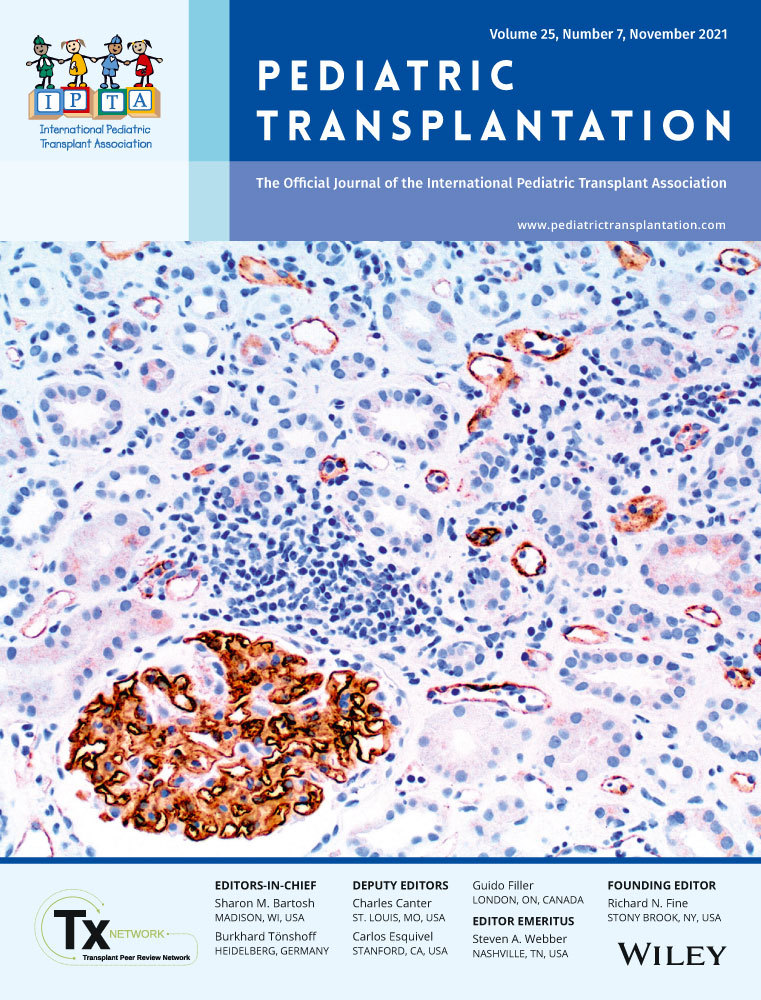Diagnostic utility of upper and lower gastrointestinal endoscopy for the diagnosis of acute graft-versus-host disease in children following stem cell transplantation: A 12-year experience
Abstract
Background
Endoscopically obtained mucosal biopsies are the gold standard for diagnosing acute graft-versus-host disease of the gastrointestinal tract (GI-GVHD). There is no consensus on the ideal endoscopic approach in children. We aimed to ascertain which gastrointestinal sites and endoscopic approaches were most helpful for diagnosing acute GVHD and whether clinical symptoms can guide the endoscopic approach.
Method
A single-center retrospective review of all pediatric stem cell transplants (SCT) between January 1, 2007, and December 31, 2018. Of those with histologically diagnosed GI-GVHD, sensitivities of individual GI sites for making the diagnosis were calculated. Clinical symptoms were compared with GI site yielding diagnosis.
Results
216 allogeneic SCTs were performed in 199 patients. 37 of 52 suspected GI-GHVD cases underwent endoscopy. There was marked variability in the endoscopic approaches chosen. 82% of these cases had lower gastrointestinal symptoms. 21 cases had histologically proven GI-GVHD. 19 (90%) of these had GVHD of non-gastrointestinal sites; 10 (48%) had concurrent infections. The most-sensitive GI sites were the rectosigmoid and duodenum (86% and 76%, respectively). Overall sensitivity of upper GI endoscopy (UGIE) and lower GI endoscopy (LGIE) was 86% and 90%, respectively. There was no statistically significant association between clinical symptoms and site at which histological diagnosis was obtained.
Conclusion
We observed variability in the endoscopic approach used by clinicians. UGIE and sigmoidoscopy had high sensitivities for diagnosing GVHD, regardless of symptoms. LGIE had minimal additional diagnostic value. This would support a standardized approach with UGIE and sigmoidoscopy for all children with suspected GI-GVHD.
Open Research
DATA AVAILABILITY STATEMENT
The authors confirm that the data supporting the findings of this study are available within the article and its supplementary materials. Further enquiries can be directed to the corresponding author(s).




